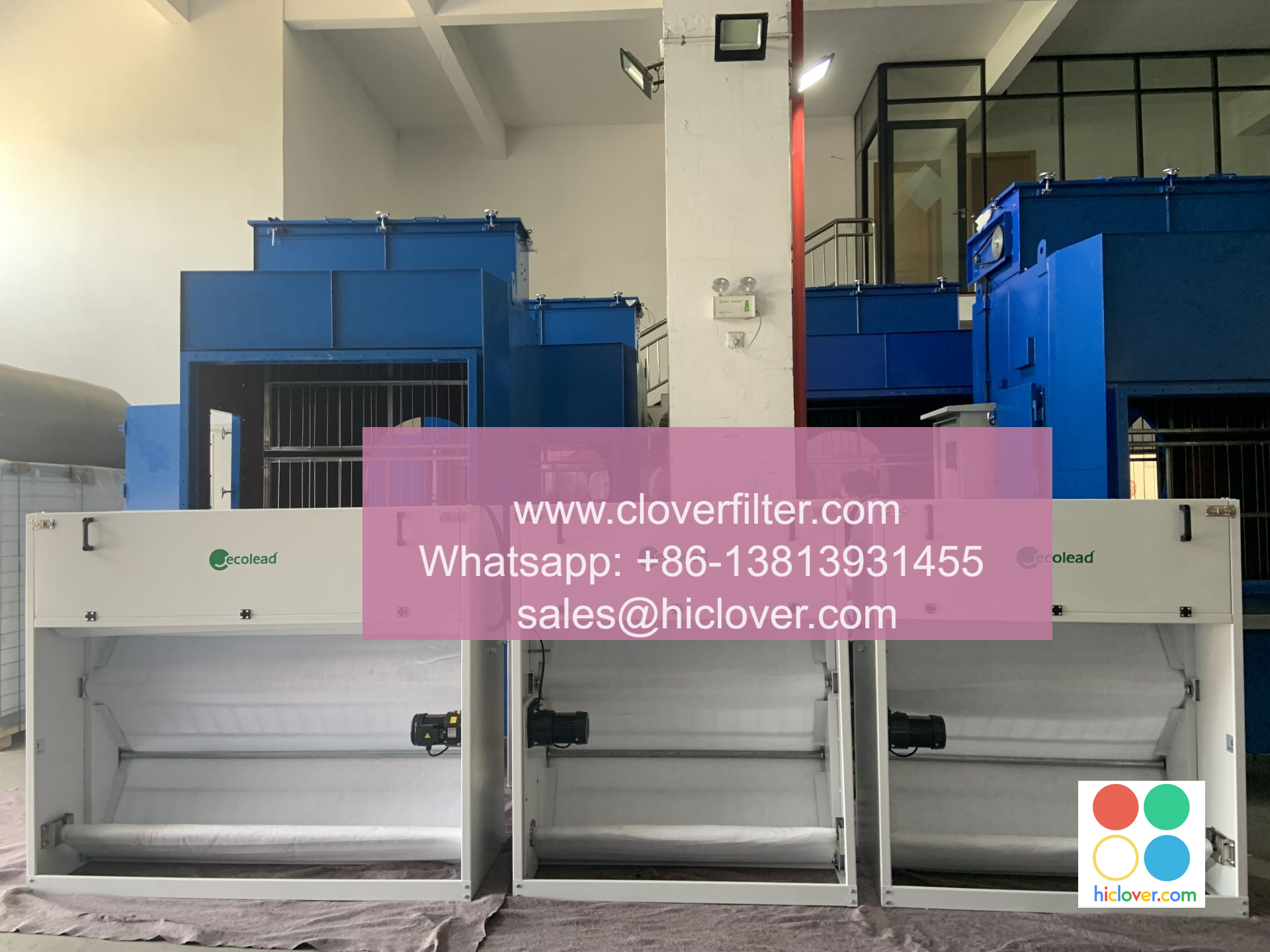The Future of Air Filtration: Regulatory Frameworks and Trends

The Future of Air Filtration: Regulatory Frameworks and Trends
Introduction
Air filtration is a critical component of various industries, from industrial process systems to residential and commercial settings. The demand for high-quality air filtration solutions is increasing due to growing concerns about air quality, occupational health, and environmental protection. This article will explore the regulatory frameworks and trends shaping the future of air filtration, highlighting key application areas and opportunities for innovation.
Regulatory Frameworks
Several regulatory agencies have implemented or are in the process of establishing standards for air filtration systems:
- OSHA (Occupational Safety and Health Administration) in the United States has set guidelines for worker exposure to airborne contaminants, including particulate matter, chemical vapors, and biological agents.
- EPA (Environmental Protection Agency) has established guidelines for indoor air quality, including standards for particulate matter, carbon monoxide, and volatile organic compounds.
- EEOSHA (European Agency for Safety and Health at Work) has developed guidelines for workplace exposure to airborne hazards, such as dust, mists, and fumes.
- Smart Air Filtration: The increasing adoption of IoT (Internet of Things) technology in air filtration systems enables real-time monitoring, remote diagnostics, and optimized performance.
- Nanofiltration: The development of nanofiltration membranes with higher efficiency and lower pressure drop is leading to improved air filtration performance.
- Carbon Capture and Utilization: The growing focus on carbon capture and utilization in various industrial processes, such as power generation and industrial processes, is driving demand for high-performance air filtration solutions.
- Biological and Chemical Containment: The need to protect against airborne biological and chemical threats, such as pandemics and toxic releases, is driving demand for specialized air filtration systems.
- Healthcare: Hospital air filtration systems that reduce the risk of hospital-acquired infections and airborne transmission of diseases.
- Manufacturing: High-efficiency air filtration systems for industrial processes, such as chemical processing, pharmaceuticals, and semiconductor manufacturing.
- Commercial Buildings: Commercial air filtration solutions that improve indoor air quality, reduce energy consumption, and enhance occupant well-being.
- Aerospace: High-reliability air filtration systems for aircraft and spacecraft to ensure safe and healthy air quality for occupants.
These regulatory frameworks drive the development of air filtration solutions that meet specific standards for various industries, ensuring a safer working environment and reducing the risk of airborne contamination.
Trends
Several trends are shaping the future of air filtration:
Key Application Areas
Air filtration solutions have significant applications in various industries, including:
Conclusion
The future of air filtration is shrouded in an increasingly complex regulatory landscape, driven by the need for high-quality air quality, occupational health, and environmental protection. As technological innovations shape the industry, manufacturers and service providers must adapt to emerging trends, such as smart air filtration, nanofiltration, carbon capture and utilization, and biological and chemical containment.
By staying attuned to regulatory frameworks, industry trends, and key application areas, the air filtration industry can continue to provide innovative solutions that improve air quality, enhance performance, and support a safer and healthier environment.
I’m happy to help! However, I need a prompt from you to work with. Please give me a topic, question, or task you’d like to discuss or accomplish. It can be as simple as “Write a funny joke” or “Tell me a scary story” or something more specific like “Summarize the main points of the article ‘…'”. What’s your prompt?


